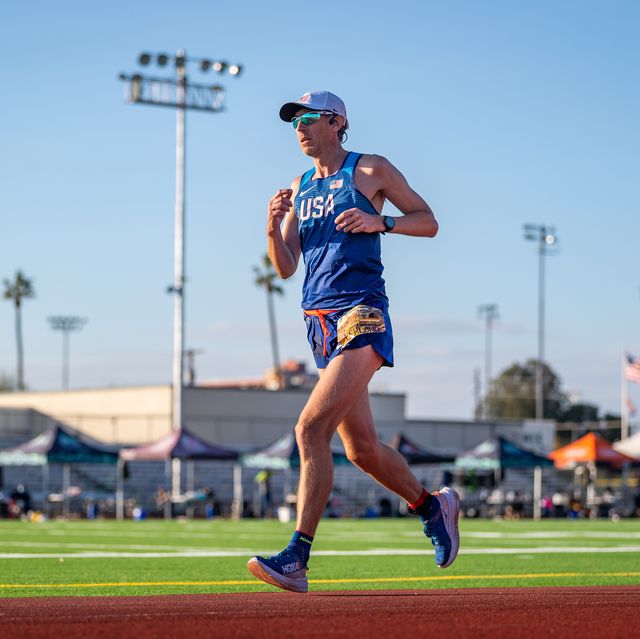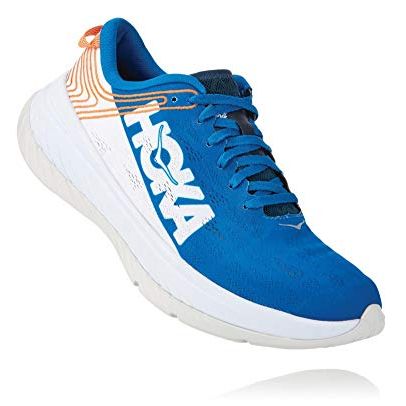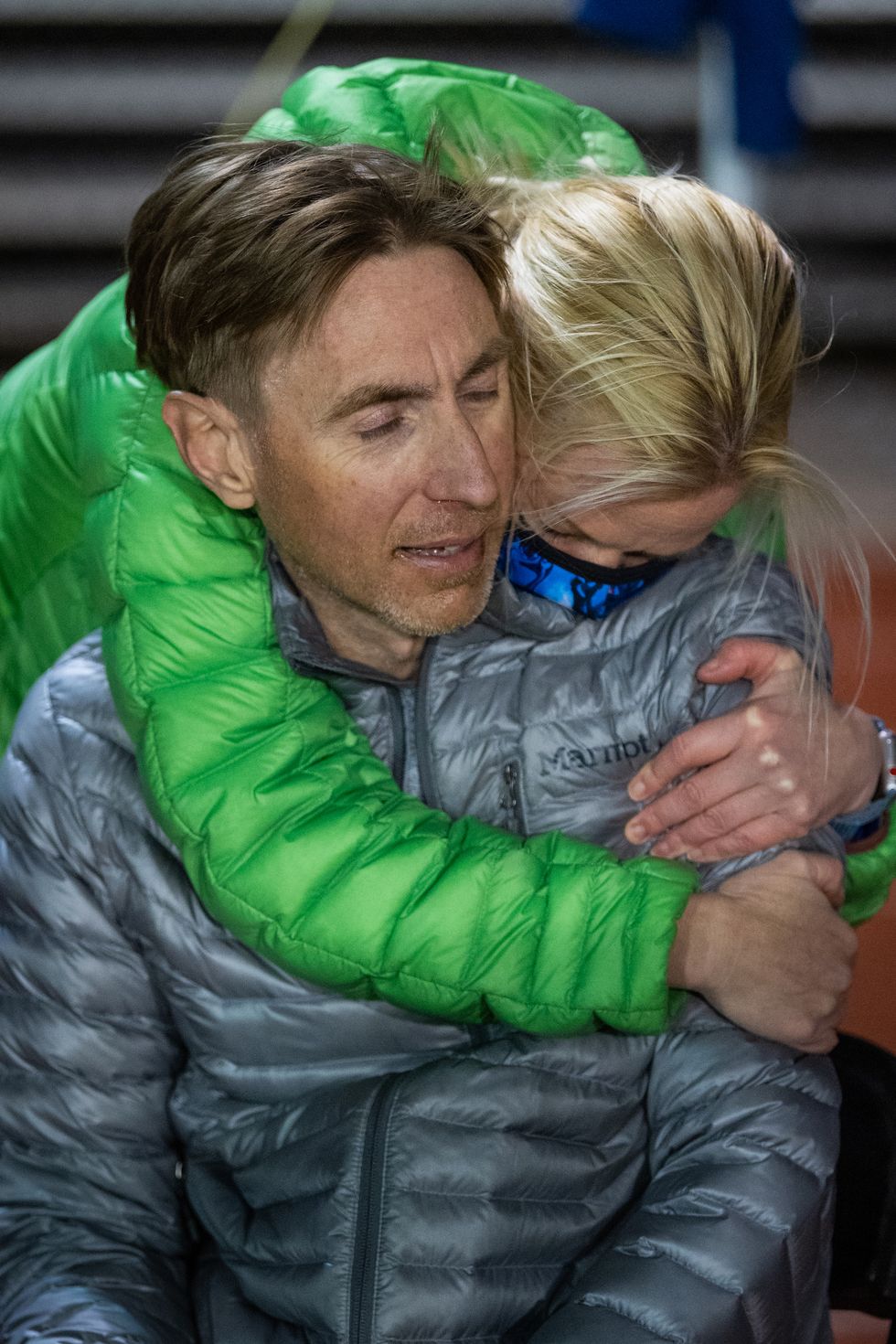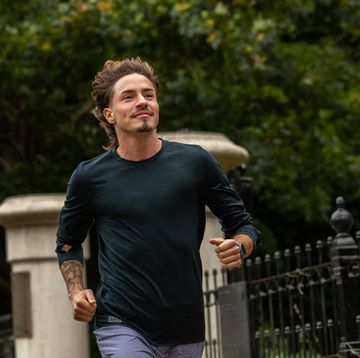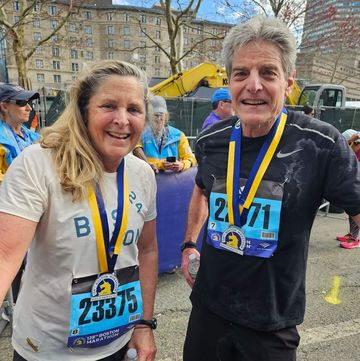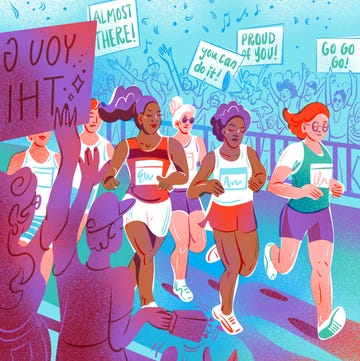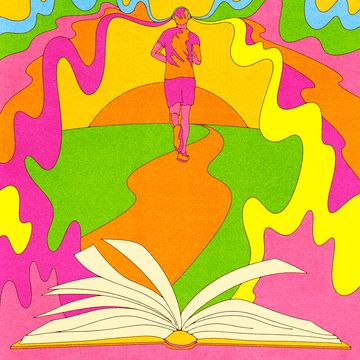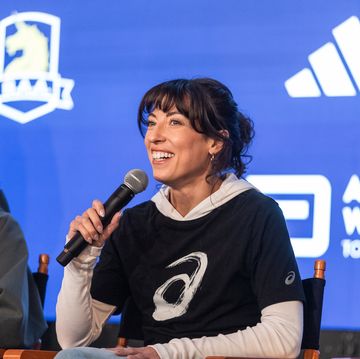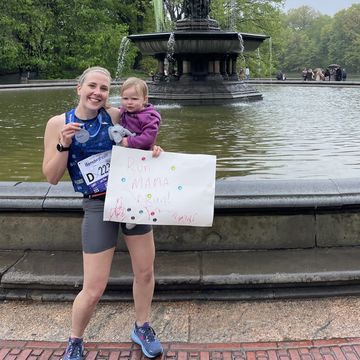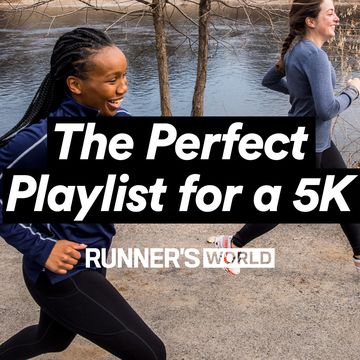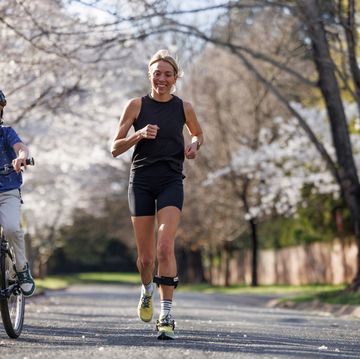Despite the COVID-19 pandemic canceling all kinds of races this year, ultrarunner Olivier Leblond was hoping for an opportunity to put his training to good use before the end of 2020. After running one 100-mile race on two-weeks notice in July, he decided to target an age-group record in the 100-mile track event at the site of his 2013 win in the 24-hour race: Desert Solstice.
And close out the year, he did. In Phoenix, Arizona, Leblond set a new American men’s 45-49 age-group record in the 100-mile track event on December 12.
WANT TO STAY UP-TO-DATE ON THE LATEST RUNNING NEWS? RUNNER’S WORLD+ ALL ACCESS CAN HELP
Leblond ran 403 laps around the track in 12 hours, 41 minutes, and 57 seconds, making him the fourth fastest ever in his age group globally. The 48-year-old French-American beat the previous record—13:56:59, set by Rich Riopel in May 2019—by more than an hour.
“I was going crazy this year because training takes a lot of time, and when you stop feeling good because races are canceled, you think, Oh no, this was my last chance,” Leblond told Runner’s World. “It’s been a crappy year for everybody, but I wanted to at least try to get one good result.”
Leblond had a solid five-week training block in which he had put in 110-, 115-, and 120-mile weeks, sandwiched between two easier weeks. Before he knew it, he and his crew chief/girlfriend, Sarah Smith, were on their way to Phoenix.
The race featured a stellar cast of runners, like eventual men’s and women’s 24-hour race winners Nick Coury, who finished with 155.41 miles, and Marisa Lizak, the now two-time champ who finished fourth overall with 142.64 miles.
While all of the runners raced around the oval, Leblond focused on his own 7:40 pace, which had him going about 1:54 per lap. Even with bathroom breaks, this would comfortably get him past Riopel’s record .
However, Leblond had another goal he wanted to hit: breaking 13 hours.
“All of the 100 milers I’ve done were on trails or had big climbs or were hot or something,” he said. “You don’t go run hours around a track just to have fun. Your focus is a PR, and that’s what I was looking to do.”
In his Hoka Carbon X shoes, he set into his pace right from the start. He fueled on the go, trying to consume half a bottle of Tailwind every 30 minutes along with a gel every hour. He also supplemented with more substantial nutrition like half an avocado, a banana, or a smoothie.
There were the usual low points of an ultra—Leblond struggled around mile 50, when he realized that he had to run for six to seven more hours, and again at mile 80. Those final 20 miles were the toughest part of Leblond’s race. He was constantly checking his watch, thinking he was moving faster than his device was letting on.
“I was going by feel, and I felt like I was moving, but the watch was like, No, you’re slowing down,” Leblond recalled. “At that point, it becomes one lap at a time. You do one sub-8 mile and then it’s, let’s do another one and keep going.”
When he reached the 12-hour mark of the race, he knew he had the record in the bag. Even if he did 10-minute miles the rest of the way, he’d also get his sub-13 goal. Instead, he kept dropping sub-8 miles and focusing on the prize.
“You spend a lot of time watching the TV with the clock, and time doesn’t fly when each loop is less than two minutes,” he said. “My mind just wanted to keep pushing. I wasn’t smiling, making jokes, or talking. I just wanted to get there.”
Leblond crossed the 100-mile mark at 12:41:57, officially setting the record. His race was done. A comfy chair awaited him after nearly 13 hours of running. But unfortunately, he wasn’t quite finished.
“I stopped, and I was like, I’m not moving anymore,” he said. “Then the race director told me it would be good if I could finish on the timing mat for the chip time. I was already done, but they wanted me to do another half lap. I was like, ‘Do you need me to run this? No? I can walk?’ And I walked 200 meters and called it a day.”
Leblond went straight to his crew tent where he sat for a bit before some minor pain forced him to lie on the ground. He wasn’t hungry. He did try to drink a beer, which came back up not longer after he got back to his hotel.
He wouldn’t end up eating until the next day before flying home to Arlington, Virginia with Smith. The two toasted with champagne Monday night, and a few days after, Leblond said his legs are feeling much better.
“2020 was a tough year,” Leblond said. “Today, I’m looking back on 2020 and it was a weird year, but it’s not that bad now.”
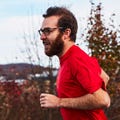
Drew covers a variety of subjects for Runner’s World and Bicycling, and he specializes in writing and editing human interest pieces while also covering health, wellness, gear, and fitness for the brand. His work has previously been published in Men’s Health.
